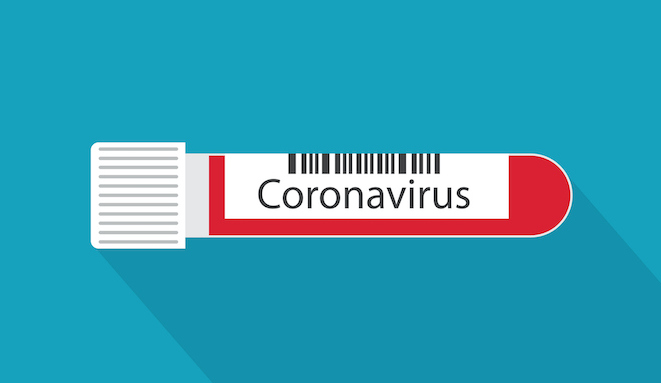Coronavirus Healthcare Costs Could Total Up To $654B, Study Finds
A new study shows that coronavirus healthcare costs could tally up to $654B if 80% of the population becomes infected under herd immunity and other containment strategies.

Source: Getty Images
- Herd immunity and similar coronavirus strategies that infect the majority of the population could come with a hefty price tag, reveals a new study published in Health Affairs.
For more coronavirus updates, visit our resource page, updated twice daily by Xtelligent Healthcare Media.
A single symptomatic COVID-19 infection would cost a median of $3,045 in direct healthcare costs during the course of the infection, while a single hospitalized case would cost a median of $14,366, according to researchers from the Public Health Informatics, Computational and Operations Research (PHICOR) team at the City University of New York.
Using a computer model, researchers estimated that if 80 percent of the US population got infected with coronavirus, direct medical costs would total $654 billion versus $408.8 billion if just half the population got infected and $163.4 billion if 20 percent got infected.
“The difference between 80% and 50% of the population getting infected is 80.6 million symptomatic cases, 16.7 million hospitalizations, and $245.4 billion in direct medical costs (incurred during the course of the infection), which is 11.7% versus 18.7% of the 2017 total national health expenditures ($3.5 trillion),” researchers wrote in the study.
“Similarly, the difference between 50% and 20% of the population being infected is 161.2 million cases, 33.4 million hospitalizations, and $490.7 billion.”
And those healthcare costs are just during the course of the infection. The computer model showed that the US healthcare system could face almost $860 billion in medical costs a year post-discharge if a large majority of the population got infected.
For a 50 percent attack rate, that total falls to $472.5 billion a year post-discharge. For a 20 percent attack rate, $188.6 billion.
“The significant difference in costs by attack rate show the value of strategies that keep the attack as low as possible and, conversely, the potential cost of any ‘herd immunity’ strategies that allow people to get infected,” researchers explained.
Herd immunity is a strategy some countries are pursuing to combat the coronavirus, which has infected nearly 3 million people worldwide according to data from Johns Hopkins University at the time of publication.
Herd immunity occurs when a majority of people in a community become immune to an infectious disease either through getting the disease and recovering or vaccination. When this happens, the disease is less likely to spread to people who are not immune because the number of infectious carriers is low.
The strategy has worked with diseases such as the flu and some leaders – like Boris Johnson, the prime minister of the United Kingdom – have indicated that it could work with the novel coronavirus.
However, COVID-19 is different than the flu and other common infectious diseases, meaning herd immunity would come with a much higher burden compared to other outbreaks.
“Our results show that, even when only considering the costs during the acute infection and not the costs of follow-up care after the infection, the direct medical costs of a symptomatic COVID-19 case tend to be substantially higher than other common infectious diseases,” researchers from PHICOR stated.
For example, the cost on average is four times that of a symptomatic influenza case, which researchers determined to be about $696 in medical costs in 2020 values. The cost was also 5.5 times that of a pertussis case ($412 to $555 in 2020 values).
An attack rate needed for herd immunity – 70 to 90 percent according to most models – would also overwhelm the US healthcare system’s resources.
At an 80 percent attack rate, there would be a median of 44.6 million hospitalizations, 10.7 million intensive care unit (ICU) admissions, 6.5 million ventilators used, and 249.5 million hospital bed days, researchers estimated using the computer model.
According to numbers from the Society of Critical Care Medicine, there are only about 96,596 ICU beds and 62,000 full-featured mechanical ventilators in the US. These numbers are “orders of magnitude lower than what would be needed, even with a 20% attack rate,” researchers stated.
